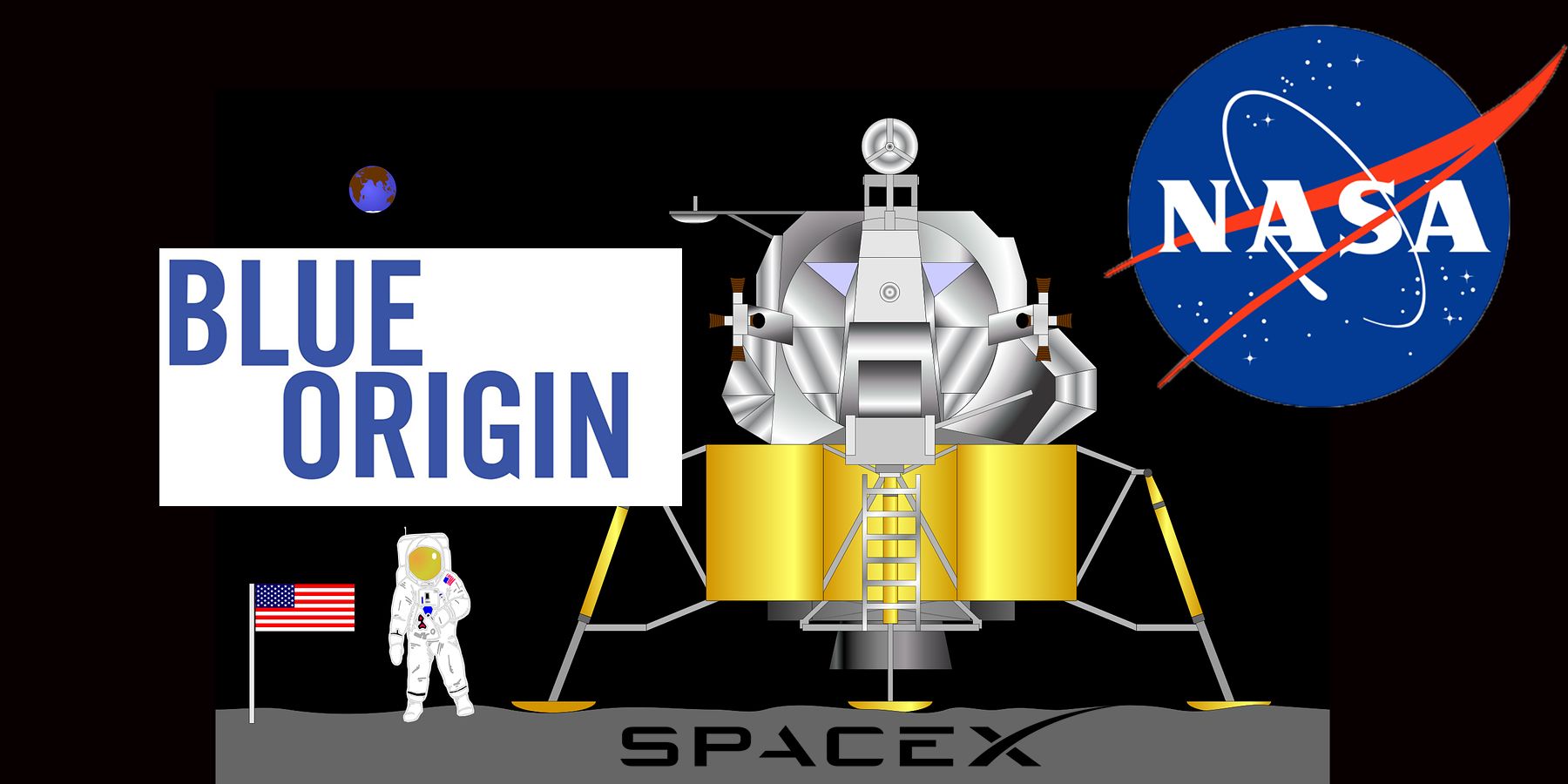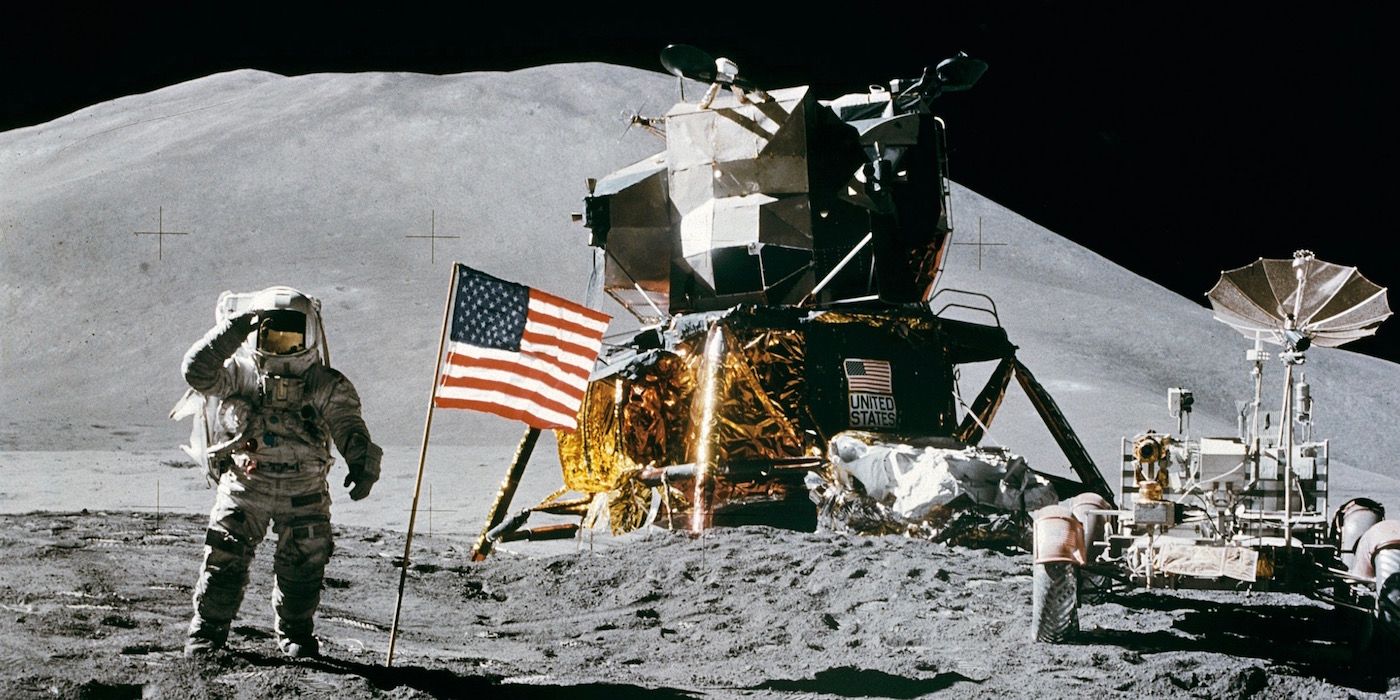Elon Musk's SpaceX and Jeff Bezos' Blue Origin have been selected by NASA to develop Moon landers as part of the agency's Artemis mission. This is a big boost for both space companies and will be seen as an acknowledgement of how successful they have been in recent years.
Although they cater to different segments of the aerospace market, both SpaceX and Blue Origin have been trying to outdo one-another with their respective rockets. While Blue Origin focuses on human space flight, SpaceX has been busy with a variety of commercial projects for various clients including NASA. However, Musk has been a long-time proponent of the idea of the colonization of Mars. Furthermore, the last successful human moon landing happened more than 47 years ago with the Apollo 17 mission in 1972, and a chance to be a part of world's next successful moon-landing is likely to be something both Musk and Bezos would be keen to be part of.
With the Artemis project, NASA aims for sustainable exploration of the Moon and to land the first woman on the surface by 2024. The agency expects private companies, like SpaceX and Blue Origin, to develop sustainable landing systems. In a recent statement, NASA said it is awarding a milestone-based contract worth $967 million. This contract will last for a base period of 10 months, during which the agency is going to evaluate which of the selected contractors will perform the first demonstration missions. In a way, the competition between the companies will be set to continue during that time. Apart from SpaceX and Blue Origin, the agency also selected Dynetics, a firm based in Huntsville, Alabama, as the third to develop a solution.
Ten Months Of Research & Development To Start
Each company is going to build their own landing system. Blue Origin will be working on an Integrated Lander Vehicle (ILV), a three-stage lander for their New Glenn Rocket System and ULA Vulcan launch system. Vulcan system is being developed by the United Launch Alliance, a joint venture by Lockheed Martin Space Systems and Boeing Defense, Space & Security. Meanwhile, SpaceX will be building Starship - a fully integrated lander using the company's Super Heavy Rocket. Dynetics, on the other hand, is making the Dynetics Human Landing System (DHLS) that aims to be a single structure for both ascent and descent. NASA personnel will be helping the contractors with design support, analysis, and testing of these systems.
After the ten-month period, NASA will choose which landers to move on to the next stage of demonstration missions. The demos will decide the landing system that the agency will avail as a commercial service for the actual Lunar missions. The development project will also contribute to the future-proofing of landing systems. This will be vital for NASA's Deep Space Exploration plans, including projects like the Space Launch System (SLS) rocket, Orion spacecraft, and Gateway.
However, the Artemis is not just a human landing mission. It will also look for economic benefits from the exploration. NASA is also planning to build a moon base and test new power systems. While too early to say, it is safe to assume SpaceX and Blue Origin will have their eyes on those projects as well.
Source: NASA


